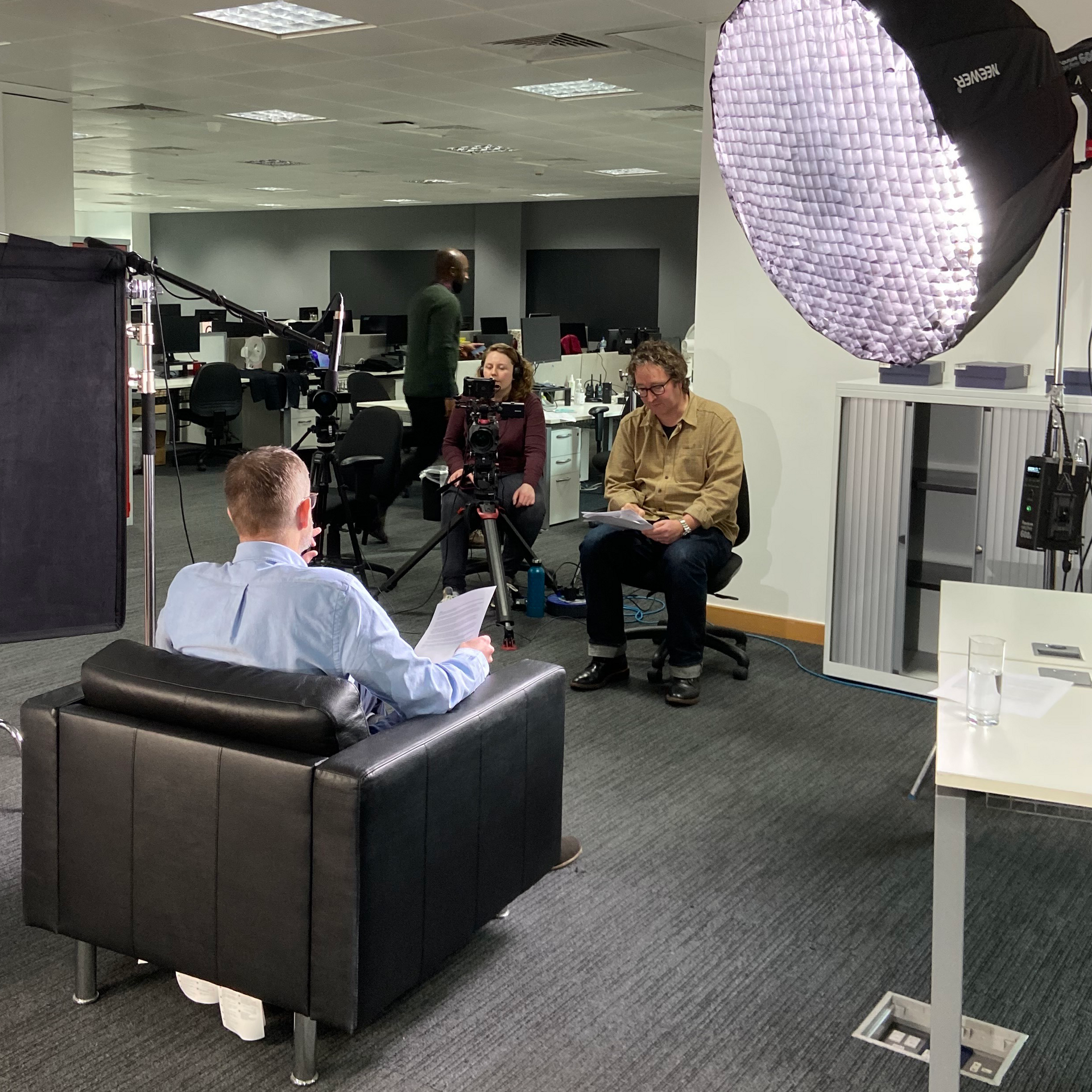- Collective Content
- Posts
- How to create great video content 🎥
How to create great video content 🎥
From loud clothing to quiet on set

Good video content can take your messaging to a wider audience than simple text content. It can elicit an emotional response, be eminently shareable and help you stand out from your competitors. If your video content has impact and character, it can have a long shelf life.
Creating video requires a multitude of moving parts compared to putting words on a page. You need to think about scripts, choosing and preparing interviewees, locations, logistics, cameras, lights, direction, graphics, animation and final edits. Careful preparation is vital.
Which is why we’re offering you the resources to help make video content that’s... absolutely banging.
Here you’ll find useful info focused on:
And a useful document to help you run a great and productive shoot.
We’ve made many types of films and animations over the years, so please get in touch if we can help with any aspect of video strategy or production.
Until next time,
The Collective Content Team
From our blog
 | How to create a testimonial video or customer success story Part of a series of blog posts explaining the do’s and don’ts of B2B video, in this one John Oates highlights the top things to consider when bringing a corporate video together. |
Tips for filming a corporate video – what to remember on the day Carrying on the B2B video series, John has also listed a host of tips and tricks to keep in your back pocket when planning and filming on the day. |  |
We like this
Jack Penate – Wondrous strange – ‘Hazy, dreamy, eclectic, great to study/work/chillout to’
Eihwar – Hugrheim (Official Music Video) – ‘Shirley’s fave listen from the Nordic neo-folk duo this year’
BBC One – The Guest – ‘A tense, gripping thriller of a mini series’
Word of the Moment: Slopsquatting
Think of slopsquatting as the AI version of typosquatting (where bad actors register domain names with common typos - say, copmany.com instead of company.com). In slopsquatting, bad actors publish software code based on common LLM-hallucinated coding dependencies. That code, when downloaded from code repositories, can then execute malware or initiate other malicious activities.
